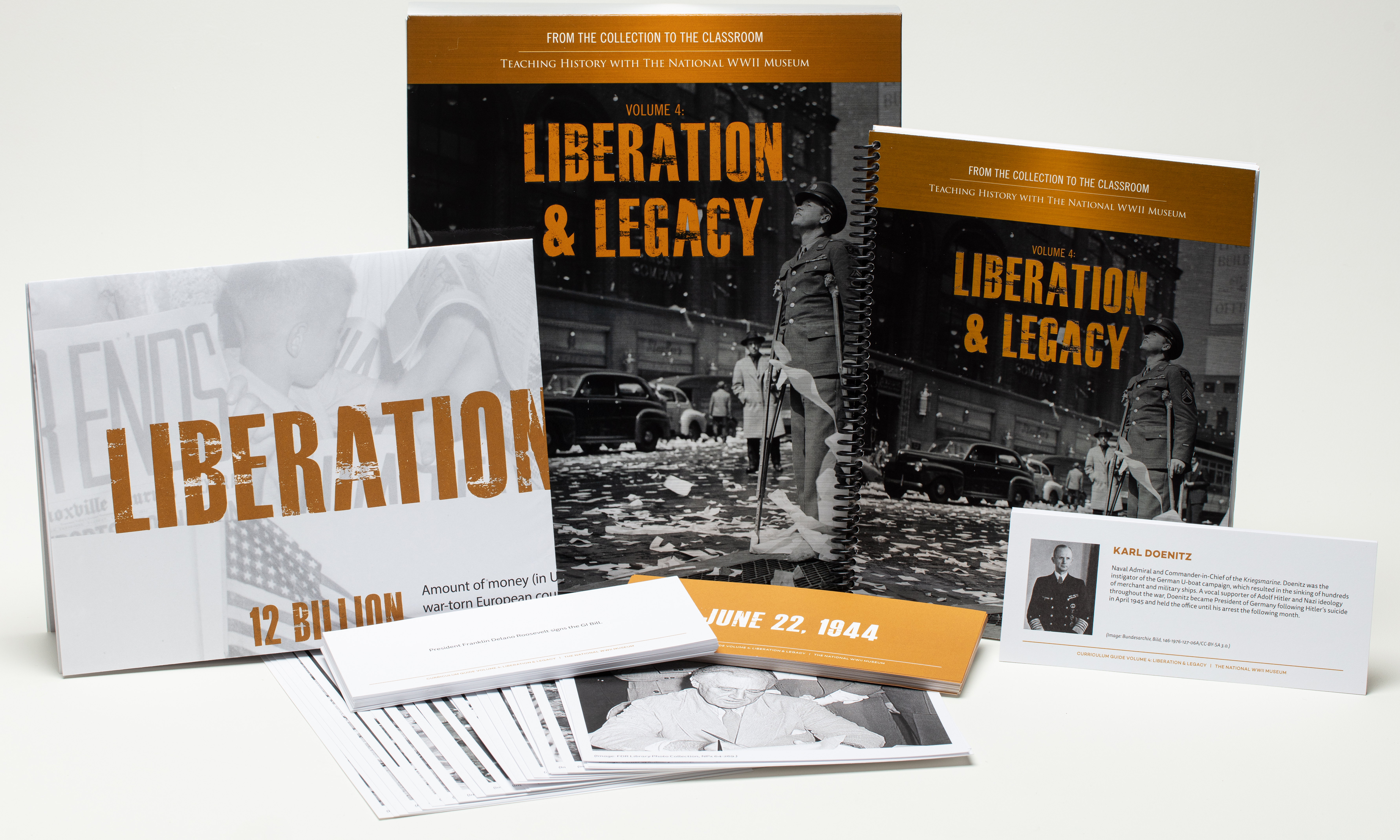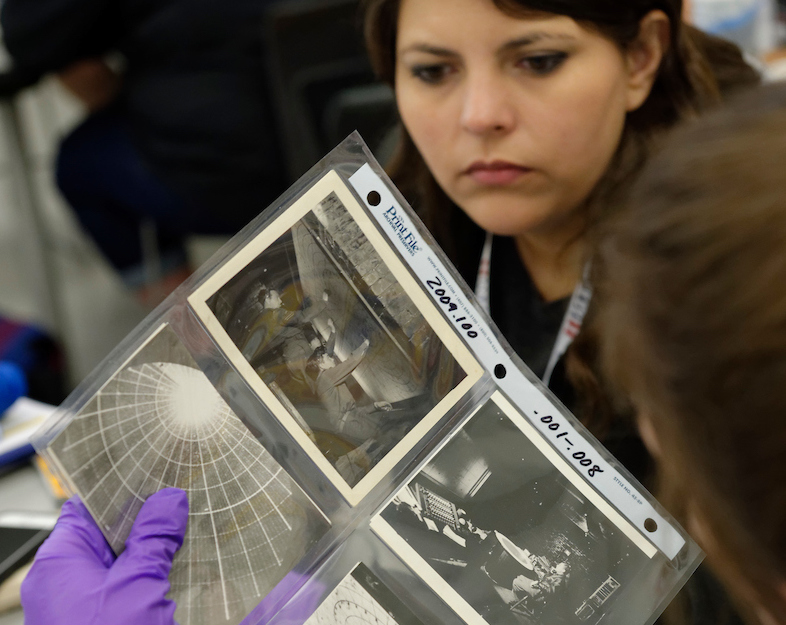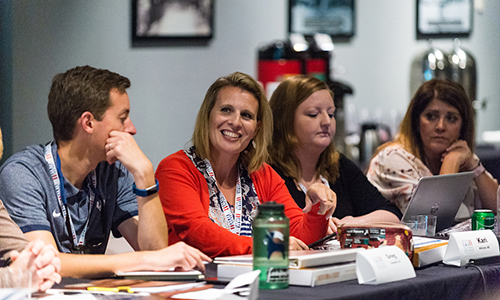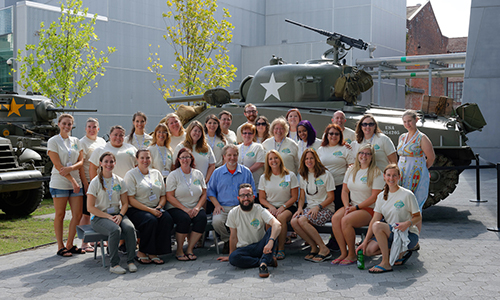In September 1945, World War II—the deadliest conflict in human history—is finally over. The Allies stand victorious over the defeated Axis powers. Although no longer at war, the Allies now find themselves faced with perhaps an even greater challenge: rebuilding a broken world and attempting to forge a lasting peace. Entitled Liberation & Legacy, this curriculum volume focuses its lesson plans, overview essays, and oral histories on the new postwar world: the horror at the discovery of the extent of the Holocaust; justice dealt to the leaders of defeated regimes; and new voices from former colonial empires yearning to be free.

War Crimes on Trial: The Nuremberg and Tokyo Trials
Following victory, the Allies turned to the legal system to hold Axis leaders accountable. In an unprecedented series of trials, a new meaning of justice emerged in response to war crimes and crimes against humanity committed by both the Germans and the Japanese throughout the war.
Liberation in China and the Pacific
China held a critical role in the Pacific theater during the war as a key ally for the United States. The war's end, however, brought a devastating blow to American diplomacy as China ultimately fell to communism, forever changing the global balance of power in the emerging Cold War.
"And Then They Came for Me . . ."
The Holocaust destroyed millions of lives across Europe, but the trauma of the genocide did not end with the liberation of camps by Allied forces.
Occupying Germany and Japan
The end of World War II brought unexpected challenges for American servicemembers in both Europe and the Pacific. Fighting forces turned into forces of occupation, working to maintain a fragile peace while living amongst former enemies.
The Cost of Victory
As fighting came to an end in 1945, people the world over faced for the first time the unprecedented extent of destruction and loss of life caused by World War II. As the costs of victory came into devastating focus, the diplomatic responses, rising global tensions between the United States and the Soviet Union, and social disruption that followed in the aftermath of this conflict showed that World War II was truly "the war that changed the world."
Glossary
A selection of key terms relating to the end of World War II and the new postwar world.
A Selected Chronology
A timeline of major events from the end of World War II to 1950, ranging from the founding of the United Nations to the outbreak of the Korean War.
Liberation & Legacy by the Numbers
A collection of useful statistics illustrating the immediate as well as long-lasting impacts of World War II.
Who's Who
Biographies of major political, military, and humanitarian figures whose lives and actions helped shape the postwar world.
Introductory Essay by Rob Citino, PhD
Rob Citino, PhD, the Museum’s Executive Director of the Institute for the Study of War and Democracy and Samuel Zemurray Stone Senior Historian explains the purpose of the Museum's Liberation and Legacy curriculum guide.


